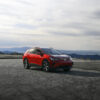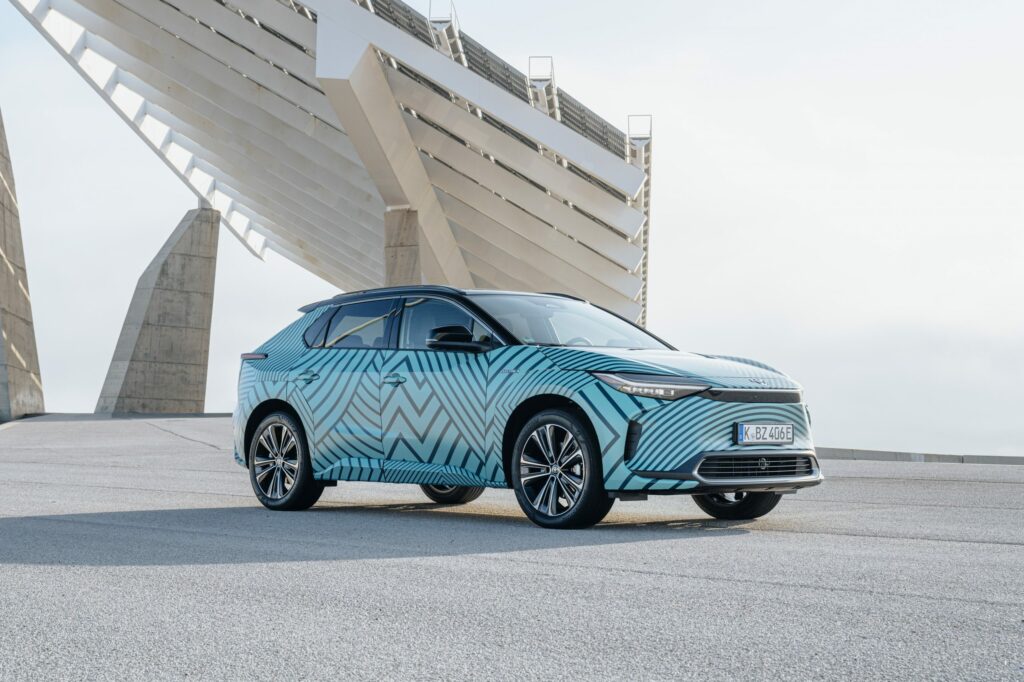
California is doubling down on its ambitious zero-emission vehicle (ZEV) mandates, but Toyota (TM) is pushing back, calling these targets “impossible” to meet within the expected timeline.
Toyota’s response has highlighted an important debate about whether environmental policy should accelerate ahead of consumer demand or work more in line with market readiness.
Jack Hollis, COO of Toyota Motor North America, recently warned that the state’s Advanced Clean Cars II regulations—requiring 35% of 2026 model-year vehicles sold to be ZEVs—don’t match consumer preferences and could unintentionally distort the market.
“I have not seen a forecast by anyone… government or private, anywhere that has told us that that number is achievable,” Hollis said. Toyota’s stance raises essential questions: can the industry realistically meet California’s goals, and at what cost to consumer choice?
California’s Environmental Goals: Ambition Meets Market Realities
California’s ZEV mandate is part of the state’s broader strategy to combat air pollution and climate change, with a target to make 100% of all new vehicle sales zero-emission by 2035. This aggressive timeline has been a hallmark of California’s environmental policy, and the state’s efforts have influenced other regions and even the federal government.

However, the gap between ambition and reality is stark. According to J.D. Power, California leads the nation in EV adoption, with 27% of current new vehicle sales being electric or plug-in hybrids. Colorado and Washington follow at 22% and 20%, respectively, yet even these figures are well short of the 35% requirement. Nationally, only 9% of new vehicle sales are electric, underscoring the significant difference between regulatory expectations and actual market conditions.
For Toyota, this disparity isn’t just a matter of policy. Hollis suggests that the mandate could force automakers to redirect more EVs into California and similar states, creating what he calls “unnatural acts” in the market. By flooding certain regions with EVs to meet regulatory quotas, manufacturers may sideline other areas, potentially limiting options for consumers who are not yet ready to transition to electric vehicles.
Toyota’s Balanced, Pragmatic Approach to Electrification
Toyota’s position reflects its history of pursuing sustainable technology through gradual, balanced steps. Known for revolutionizing the hybrid market with the Prius in the late 1990s, Toyota has long championed a diversified approach to clean energy.
Today, while it continues to invest in EV technology, Toyota also focuses on hybrids, plug-in hybrids, and even hydrogen fuel cells, maintaining that a blend of options best serves the current market.

Toyota’s recent investment in a new North Carolina facility exemplifies this approach, with production lines for both hybrid and fully electric batteries. Rather than committing solely to battery-electric technology, the automaker is exploring multiple technologies to provide consumer choice without overextending infrastructure or budget.
This cautious, incremental strategy contrasts with some competitors’ all-in approach to EVs and reflects Toyota’s belief in adapting to a range of needs, especially as EV infrastructure remains underdeveloped in many parts of the U.S.
Economic and Consumer Implications of the ZEV Mandate
Beyond infrastructure, cost remains a significant hurdle in widespread EV adoption. Electric vehicles are often more expensive than gas-powered options, a reality that can be daunting for consumers.
Although federal and state incentives have helped offset these costs, Toyota argues that market forces—rather than mandates—should drive the shift.
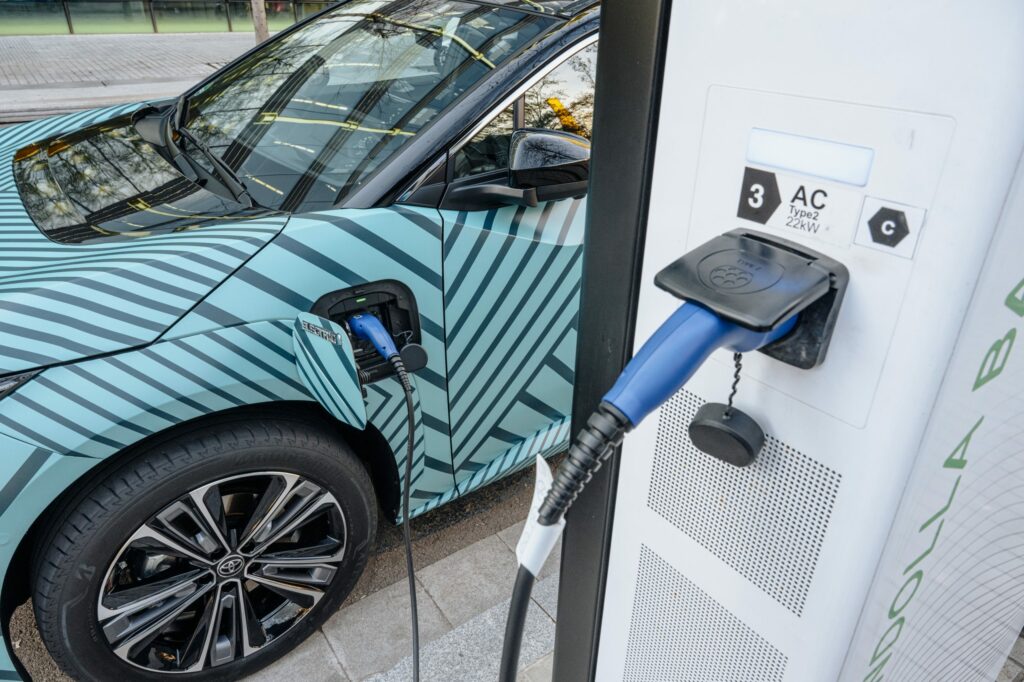
Hollis notes that the push for rapid electrification may result in fewer affordable choices for the average buyer, particularly in states without strong EV demand.
If automakers are pressured to meet high quotas in select states, they may end up producing fewer gas-powered or hybrid vehicles, potentially leading to an affordability gap that affects lower-income consumers disproportionately. This situation, Toyota argues, could hinder the mandate’s overall success by alienating key segments of the market.
The Push for a National Standard: A “50-State Rule”
Toyota, along with other automakers, advocates for a unified national emissions standard—a so-called “50-state rule.” This approach, they argue, would simplify regulatory compliance, allow manufacturers to avoid concentrating EV resources unevenly across states, and support more predictable production and distribution.
“We would always want a 50-state rule,” Hollis said, advocating for consistent standards that align with market realities and support equitable access to clean vehicles across the country.
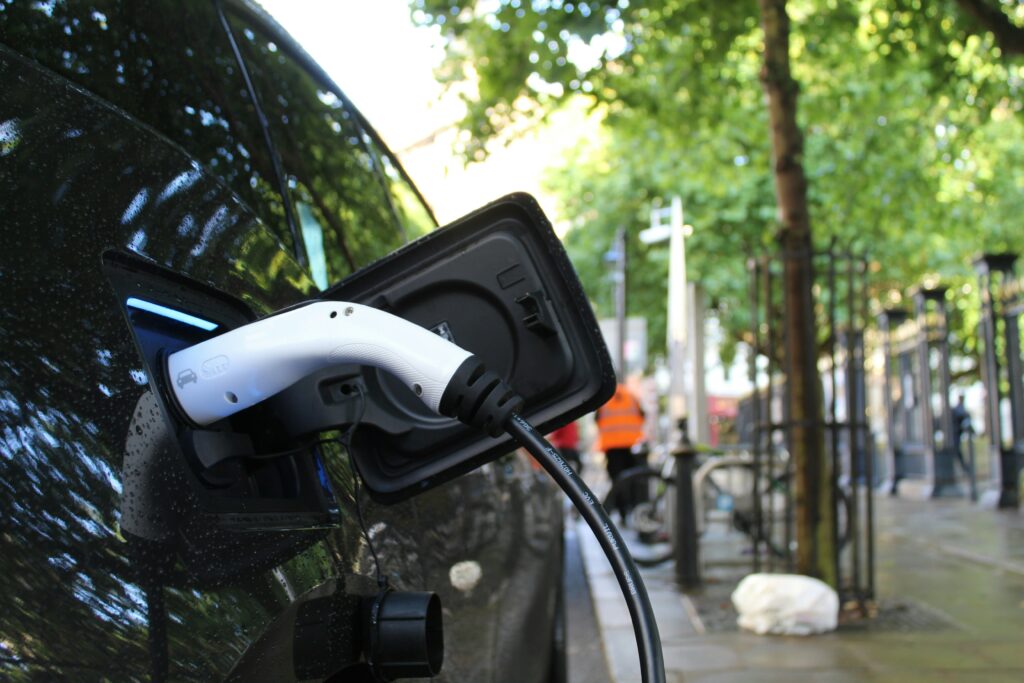
The automotive industry’s call for a national standard also stems from concerns about regulatory consistency. With 12 states and Washington, D.C. currently planning to enforce similar mandates, the prospect of a patchwork of EV policies creates a logistical challenge for automakers and a confusing landscape for consumers.
A unified approach, Toyota argues, would better accommodate gradual infrastructure development and allow for a more organic growth in EV adoption across the nation.
Political Tensions Could Reshape the Regulatory Landscape
The regulatory outlook for EV mandates may shift again with the return of President Donald Trump, who has previously challenged states’ rights to set stringent emissions standards.
During his first term, Trump’s administration attempted to revoke California’s authority to establish its own vehicle emissions policies, sparking a high-profile legal battle. Should these challenges resume, California’s aggressive EV targets might face significant federal pushback, potentially reshaping the entire regulatory framework.
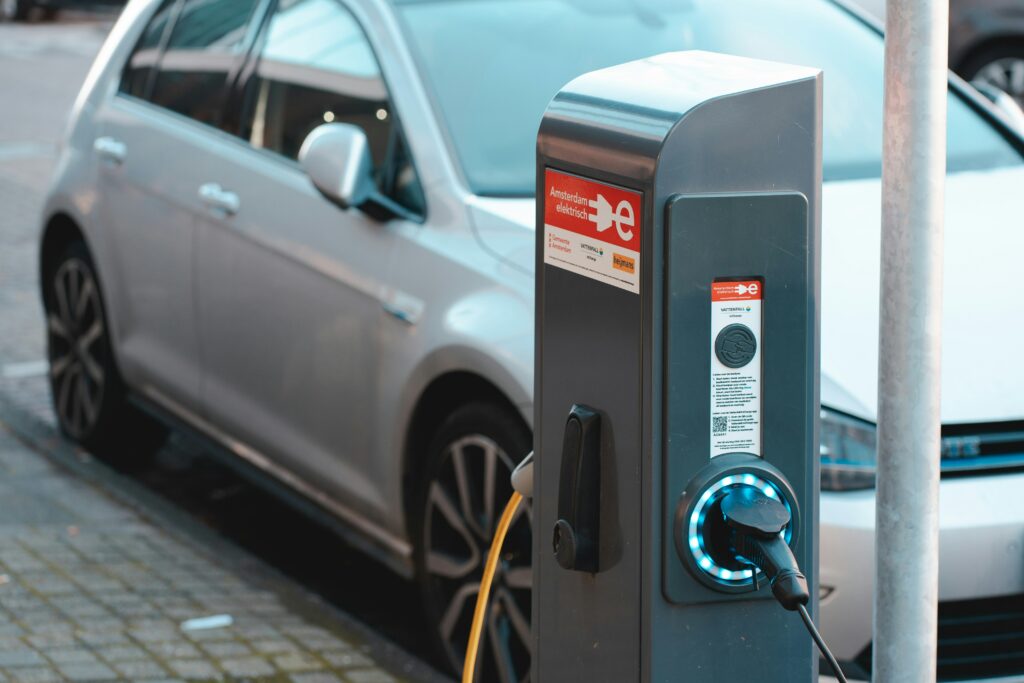
Hollis indicated Toyota’s hope for a collaborative solution, urging that states, the federal government, and automakers work together toward realistic standards. Instead of another round of legal disputes, Toyota is pushing for a cooperative path that addresses environmental goals while respecting market dynamics.
Consumer Choice and Market Adaptation: A Middle Ground
Toyota’s critique also underscores a central concern: balancing environmental aspirations with consumer readiness. The ZEV mandates aim to lower emissions, but forcing rapid EV adoption without addressing key barriers—like cost, infrastructure, and consumer awareness—could yield unintended consequences. Hollis’s argument that the “whole EV ecosystem is ahead of the consumer” points to this disconnect.
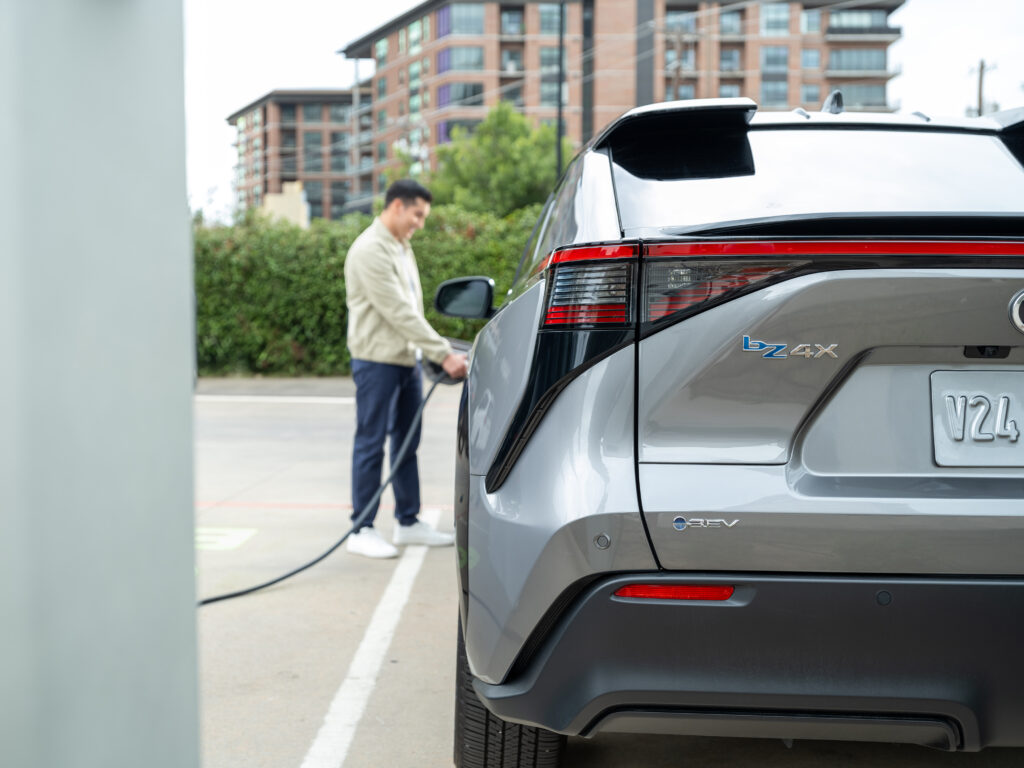
From Toyota’s perspective, achieving meaningful progress toward clean transportation requires a more flexible approach, one that expands options rather than restricts them. For consumers, the transition to EVs isn’t just about new technology; it’s about affordability, accessibility, and understanding the real-world implications of driving an electric vehicle.
By considering a mix of hybrid, plug-in hybrid, and battery-electric vehicles, Toyota believes it can offer a sustainable path that doesn’t compromise on practicality or consumer choice.
Charge Complete: Can Mandates Align with Market Realities?
Toyota’s stance highlights the importance of setting ambitious yet achievable standards that align with market readiness. California’s ZEV mandate is a bold move, but as the 2026 deadline approaches, it’s clear that collaboration among regulators, automakers, and consumers will be essential to bridge the gap between ambition and reality.
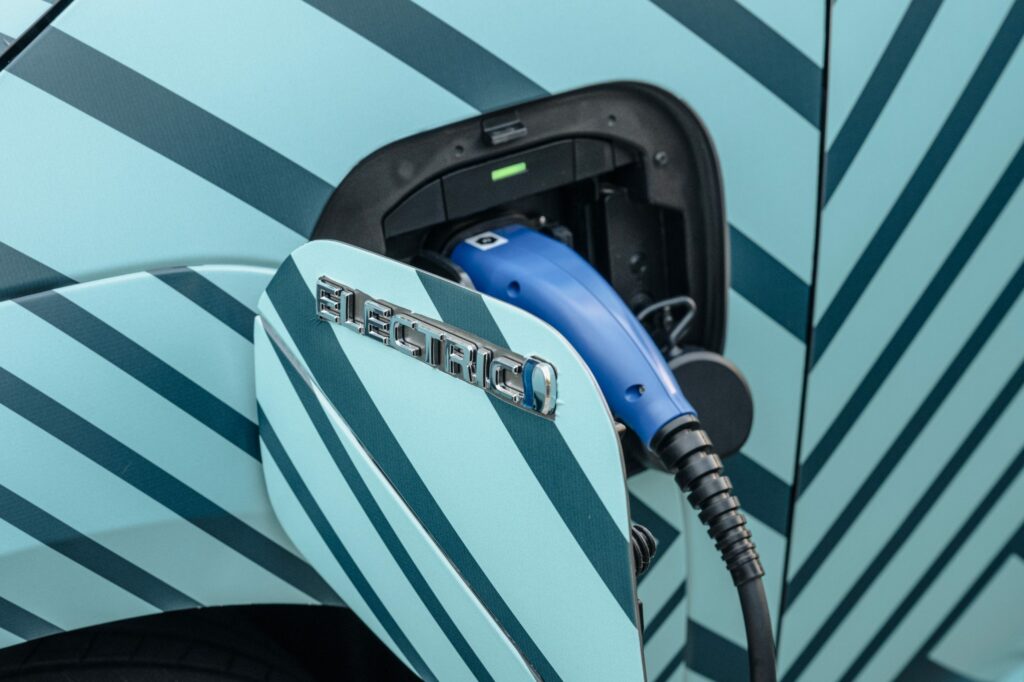
The challenge ahead is not just about meeting numerical targets but creating an industry environment that supports long-term sustainability and consumer access. Toyota’s call for a balanced, gradual approach suggests that the transition to a zero-emission future is best achieved with a strategy that prioritizes flexibility and responsiveness to market needs, ensuring that the path to clean transportation is both practical and inclusive.



